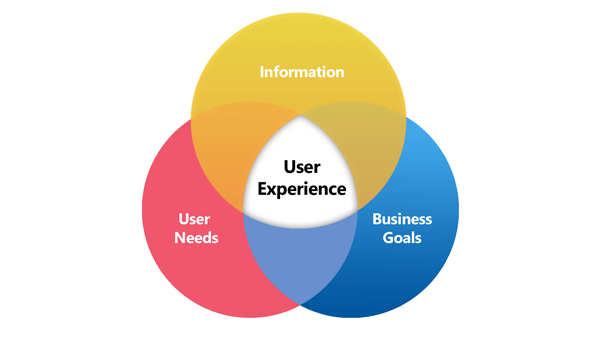What is HTTP/2 and Why is it Important?
Find out about the latest HTTP update and what it could mean for the future of your online business.
What is HTTP/2?
HTTP/2 (hypertext transfer protocol) is the newest version of the HTTP protocol used to transfer information between servers and browsers. Although only released recently it is now supported through most major browsers, including Chrome and Edge1. Its primary goal and function is to improve the user’s experience. As the web has changed so much since the original protocol in 19912, the new update can now accommodate the design capabilities of current websites and the information they need to access through the internet. Current tests from the SEO industry show the changes to the protocol have reduced page load time by about half when comparing it to HTTP/1.3
How HTTP/2 differs from its predecessors
Whilst its core write-up is the same, it has number of new advancements:
- Speed – page load time is greatly reduced through a number of methods, such as compressing the headers4
- Efficiency - multiplexing is quicker (making multiple requests through one browser which reduces the resource usage between the network and the server5)
- Safety – there is a reduced risk of attacks from hackers as a result of the new protocol

How could you benefit from HTTP/2?
There is the potential to benefit hugely from having a speedier site; customers are less likely to leave if the pages they want to view load quicker. This could give you an advantage on your competitors and help you acquire some of their customer base.

Image source: Wikimedia Commons
Better mobile experience
Your audience on mobile devices may grow, and your revenue as a result. As we all know, the internet on our phones can be poor in comparison to our home broadband speeds, so slow internet compounded with long page loading times can cause users to abandon your site. The HTTP/2 protocol will help to alleviate, or at least significantly reduce, one of these issues, which means users will be more likely to stay and continue their journey.
Potential ranking improvements
You could get a boost in the search results. HTTPS became a Google ranking factor because of the browsing experience it offers. The HTTP/2 protocol ensures faster and safer browsing, making it superior. Google could therefore, give sites using HTTP/s an advantage in the search results because of their better browsing experience.
You can’t afford not to put the user’s experience at the forefront of decisions about your website and this includes how fast it is. With many markets saturated, you have to be able to offer users a superior experience to your competitors to ensure they go to you. As Google’s algorithm focuses on providing the searcher with the most relevant and safest results, to compete in search, you need to do the same with the user.
Appealing to Generation Z
If your target audience is Generation Z (those born roughly in the 2000s), your conversion rate for this audience may increase. According to a study conducted by theMediaFlow, titled "SUX: how user experience is driving change in search", on average Gen Z will only wait for up to 8 seconds for a page to load. Millennials, however, will wait for 126. Your HTTP/2 site could be half your previous page load times, leading to an increased likelihood of your Gen Z audience staying on the site and completing a purchase.
Search engine marketing may get a whole lot harder. If Google gives weight to HTTP/2, then the sites with it may begin to outrank you. How will this affect other ranking factors?
In Conclusion
Providing the best and safest user experience is certainly important to Google, and if you want to rank well in search, it should be important to you too. However, time will tell if sites using HTTP/2 benefit from better rankings than sites not using HTTP/2. Just as the fallout from Google’s mobile update turned out to be minimal, this new protocol could also have a surprisingly small impact. What cannot be ignored though is that it is yet another marketing development centred on user experience and how it is emphatically important to succeed online.
If you enjoyed this post follow my contributions to the ThoughtShift blog, or sign up to the ThoughtShift guest list email to get the latest news and trends in all things digital marketing delivered to your inbox.
Sources
- https://en.wikipedia.org/wiki/HTTP/2
- https://www.smashingmagazine.com/2016/02/getting-ready-for-http2/
- https://blog.cloudflare.com/introducing-http2/
- https://http2.github.io/faq/#why-do-we-need-header-compression
- https://http2.github.io/
- http://www.slideshare.net/NicholaStott/how-generation-z-is-driving-change-in-search-ux-brighton-seo-2016?ref=https://twitter.com/i/cards/tfw/v1/723447545289052160cardname=player&earned=true&lang=en-gb&card_height=130
